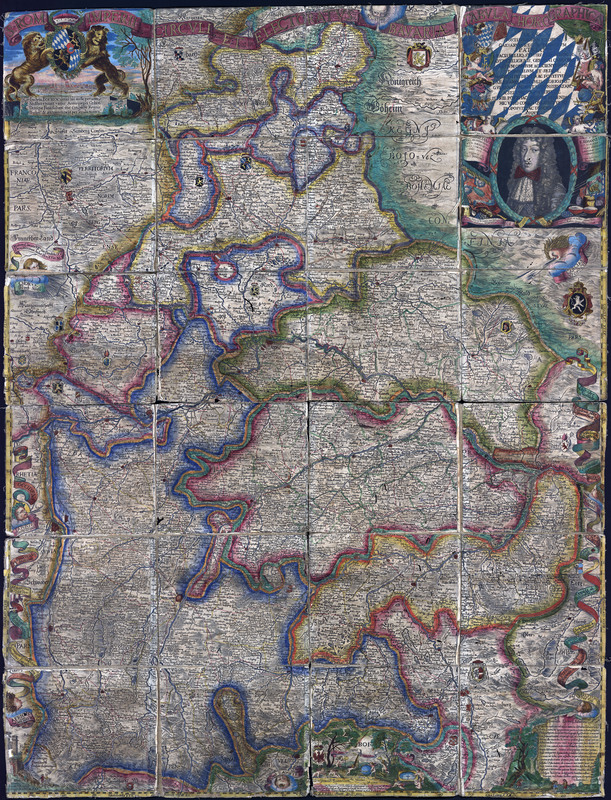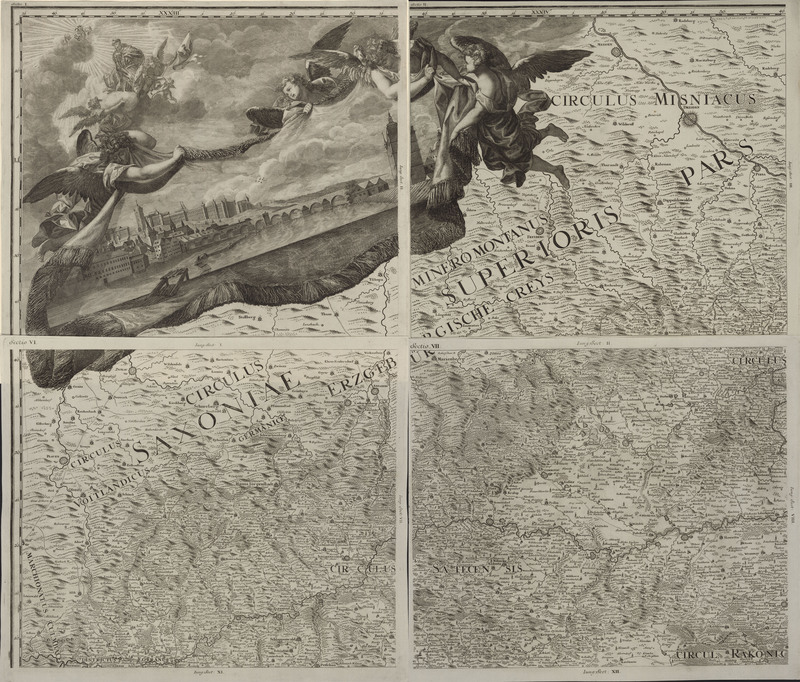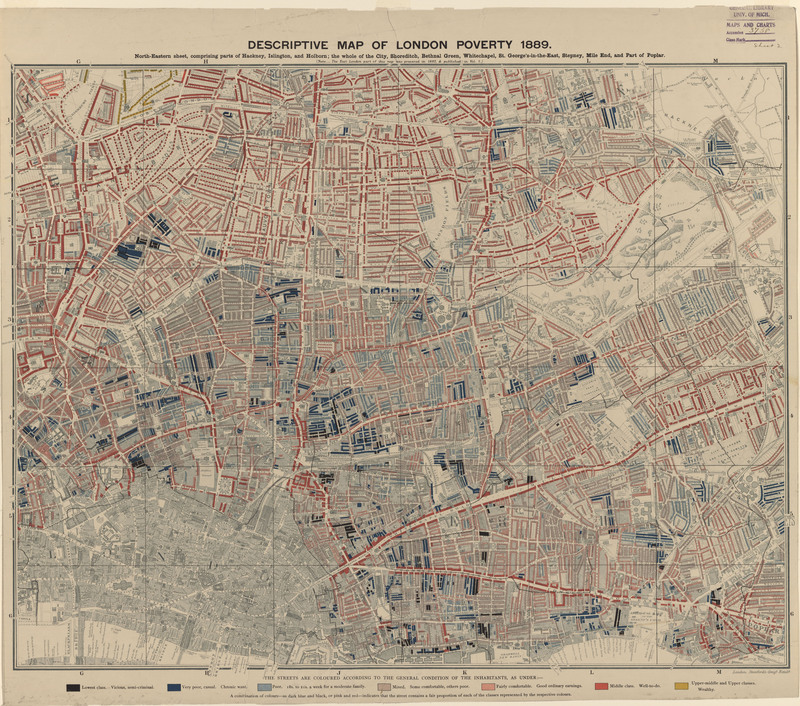Mapmaking Techniques
Woodblocks
Woodblocks were one of the earliest map printing techniques used, where the image was carved directly into the wood, then inked and printed. Despite the materials being inexpensive, woodblocks provided a few drawbacks for mapmaking, especially when it came to text, quality and multiple prints. Wood did not lend itself to the detail required for text, meaning metal type had to be set into the wood, or added to the print later. Over time, the large pieces of wood tended to warp, causing loss of detail with multiple printings.
Copperplate
Starting in the 16th century, copperplates were used to create beautiful, detailed maps. The soft metal lent itself well to extravagant text and complicated illustration. However, copper was expensive, and required extensive preparation by a master craftsman. Engraving by hand was slow and tedious but, unlike wood, copper could be hammered flat if a mistake was made. Copperplates are still occasionally used in mapmaking today.
Lithograph
Lithography was invented in 1796 by German author and actor Alois Senefelder. Lithography made it possible for cartographers to draw their maps directly onto the primtable surface, bypassing the need for a craftsman to do any carving or engraving. Because of this, lithography was much faster and less expensive than woodblocks and copperplates. Lithography quickly gained popularity, making it possible to print maps of varying size more frequently and with color, eliminating the need for color by hand.

Introducing Color



